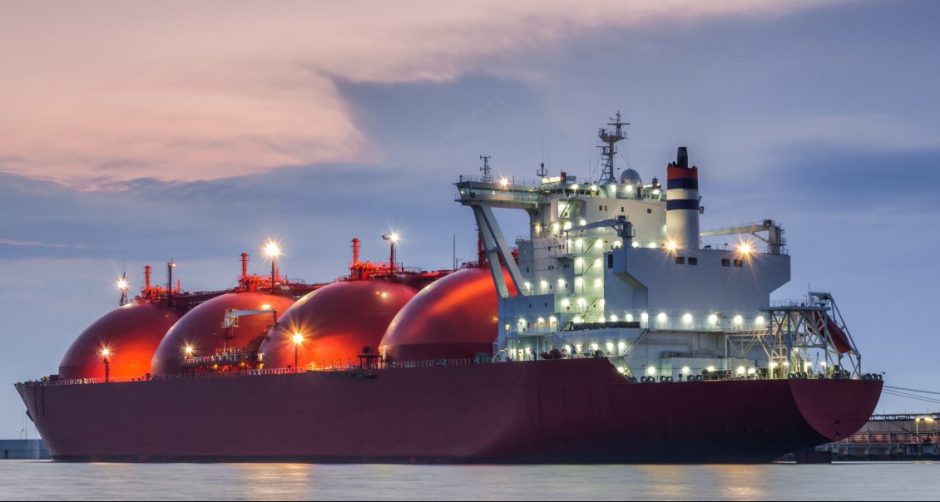
The UK imported a “record” amount of LNG in 2022, as gas from the United States plays a growing role in Britain’s energy supply.
US LNG is nearly four times more carbon-intensive than domestically-produced gas in the North Sea, the regulator warned earlier this year.
However LNG imports reached an all-time high of 25.6 billion cubic metres in 2022, up 74% on 2021 – meeting 27% of overall gas supply (compared to 17% in 2021).
During that time, imports from the USA more than tripled, accounting for 50% of the total and making the US the largest source of LNG to the UK for the first time.
The UK Continental Shelf (UKCS, the North Sea) met 41% of total gas supply in 2022, while Norway met 33% of the UK’s overall gas supply – meaning Norway remains Britain’s largest importer overall.
In a new energy security report, the UK Government said LNG is playing an increasingly important role in security of supply. It banned Russian imports in January of this year.
New supply on the global market from the USA and Qatar, increasing by around 25% by 2026, is expected to rebalance the tight market.
Longer-term, supply is expected to be underpinned by China and developing Asia.
“As production from the UK continental shelf declines, gas imports will become an increasingly important part of our energy mix as GB transitions to net zero,” said the report.
However North Sea Transition Authority (NSTA) data released this year said US LNG had an average carbon intensity of 78kg of CO2 per barrel of oil equivalent, versus 21kg/ boe for UK domestically-produced gas.
The regulator said in July this “highlights the benefits of continuing to produce our own gas, as cleanly as possible, for as long as we consume it”.
The current UK Government has committed to annual licensing in the North Sea and investments to expand LNG import capacity (from 51 bcm per year to 59bcm/ year).
New licences will reduce the fall in UK production levels – rather than increase them.
According to the NSTA, the North Sea is projected for a 10% year-on-year decline rate for gross natural gas production.
However UK production increased 16% in 2022 compared to 2021, when maintenance caused low production.
Meanwhile offshore oil production in the UK is expected to drop 29% by 2028, reaching 25 million tonnes.
It peaked at 137m tonnes in 1999 and contracted to 38m tonnes in 2022.
A lack of British refineries means most UK crude is sent abroad for processing before returning to the UK as products it needs.
Read more: UK government says lack of supply flexibility could leave gas system “exposed”
Recommended for you

